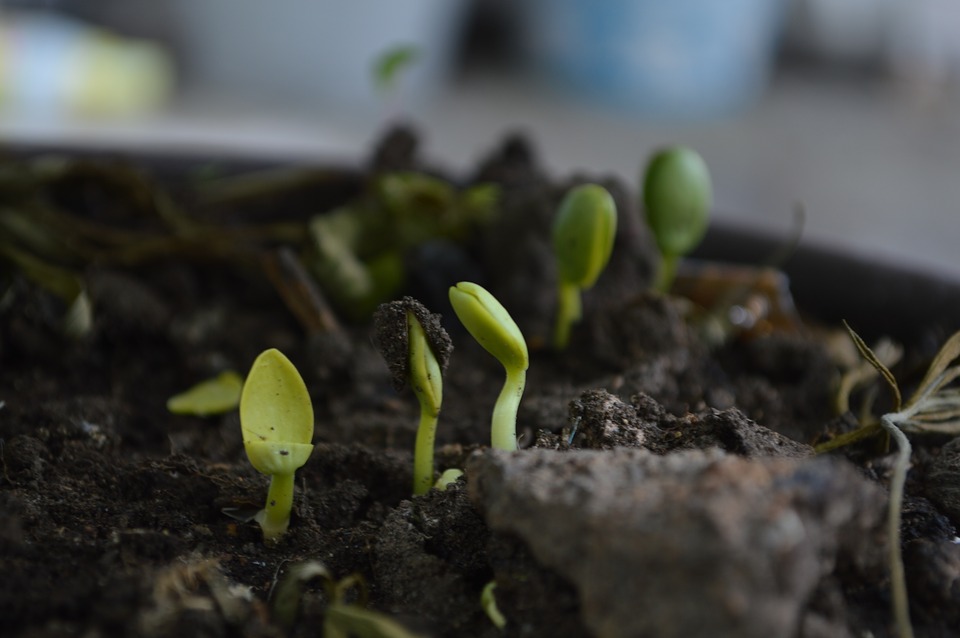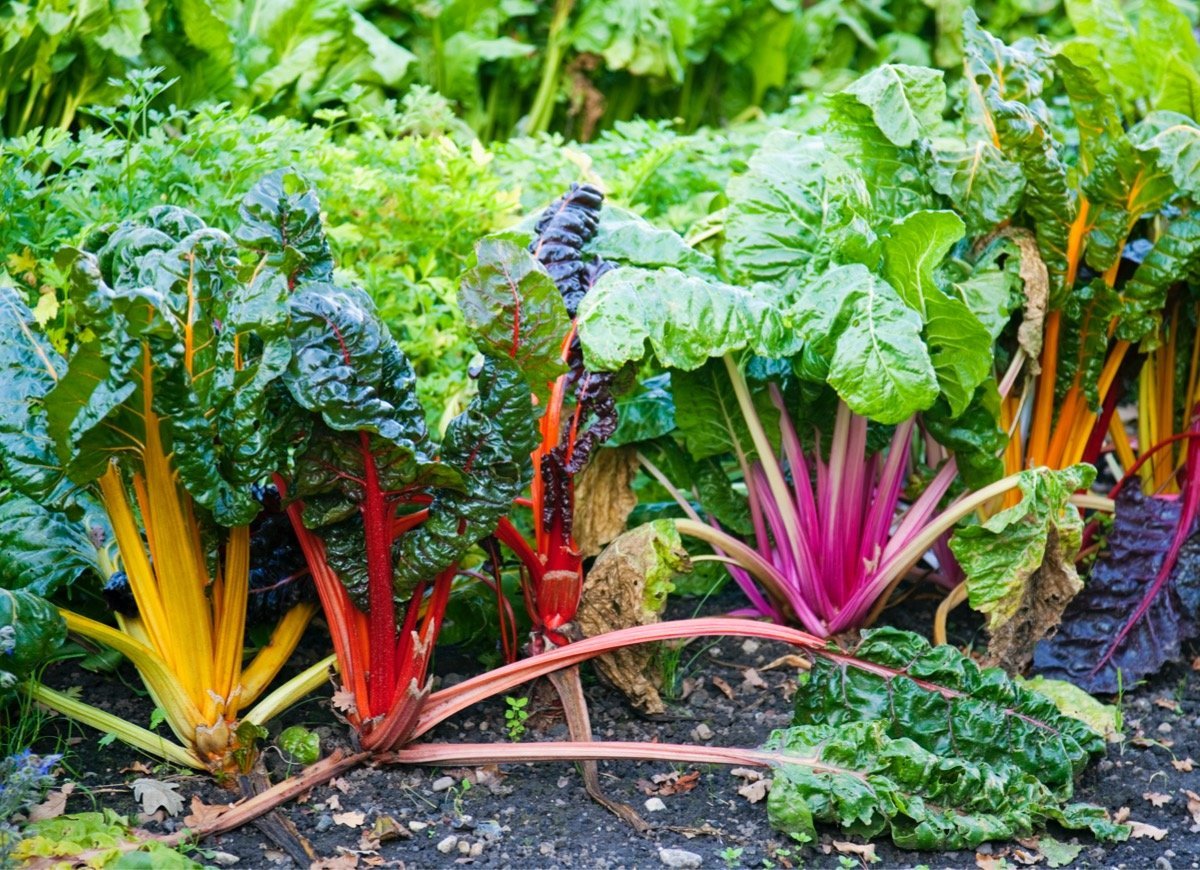Making compost is a good idea for recycling. It reduces the amount of waste that ends up in landfills and, therefore, impacts the environment. Besides, one obtains a material that improves the harvests of, for example, a city garden or the condition of gardens. Anyone can produce quality compost by following the steps below!
1) Know What Compost Is For
Composting transforms organic waste into a material, compost, suitable for use in orchards and gardens. It improves soil quality, helps restore degraded soil, and even helps fight against pollution. For this purpose, composts are used, within which there are microorganisms that, through an anaerobic degradation process (with oxygen), transform the waste into compost.
2) Know Which Waste Can Or Cannot Be Used
Microorganisms work best with a variety of organic waste and with sufficient moisture and oxygen. There are two possible types of usable waste, dry and green or wet, which should be alternated in different layers.
The dried ones are prunings, dry leaves, straw, wilted grasses, wood ash, untreated cardboard and paper, sawdust, crushed eggshells, or hair and bristles. The green ones are leftovers from fruits, vegetables, gardens, lawn, fresh manure from herbivorous animals, green weeds, coffee grounds, tea or harvest residues.
The wastes that should not be used for composting are: dog or cat feces (can introduce parasites and infections), disposable diapers, ashtray residues, shiny paper, printed with colored ink, plasticized or chemically treated materials, cooked food residues, oils, and sauces (they cause unpleasant odors), medications, ashes from treated wood or charcoal or dairy products.

3) Choose the Most Appropriate Composting System
There are several ways to compost. If you have a relatively large garden and in the open air, it can be done in a heap, on the ground without pavement and, if possible, with a slight slope to eliminate excess water. If you don’t have ample space or don’t want it insight, a compost bin or compost barrel is best.
Another possibility is to make these yourself with pallets, and if not, you can buy a model from the wide range on the market in terms of sizes and shapes. To facilitate its use, it is recommended to take a model that can be removed in all its parts, connected with rods, and open at the base. Besides, they should have holes or openings on the side for air circulation and a lid.
In addition to this form of composting, there is another in which worms are used, vermicomposting. The advantage of this method is that it produces a higher quality compost, requires less dedication, and is more suitable when waste is low or when the plant is placed indoors. However, its operation requires more space and separation of the worms from the material produced for its use.

4) How to Make Composting Work
First of all, you need to place the compost bin properly in a shady and easily accessible place. It should be covered to protect it and should always be on the ground, so that the microorganisms can penetrate the soil. At the bottom, you should put a layer of 10 to 20 centimeters of straw or branches. The more varied and chopped the residues used, the better the decomposition process will be. The optimal ratio of both types of waste is twice as green as dry.
It is helpful to add soil or sand from the garden to promote decomposition. It is also imperative to ventilate the compost bin so that the material does not rot and to turn it over, that is, to remove it from time to time from the first month.
Do you have any other tips for successful composting? Share it with us in the comments below!



2 thoughts on “Tips for Successful Composting At Home”